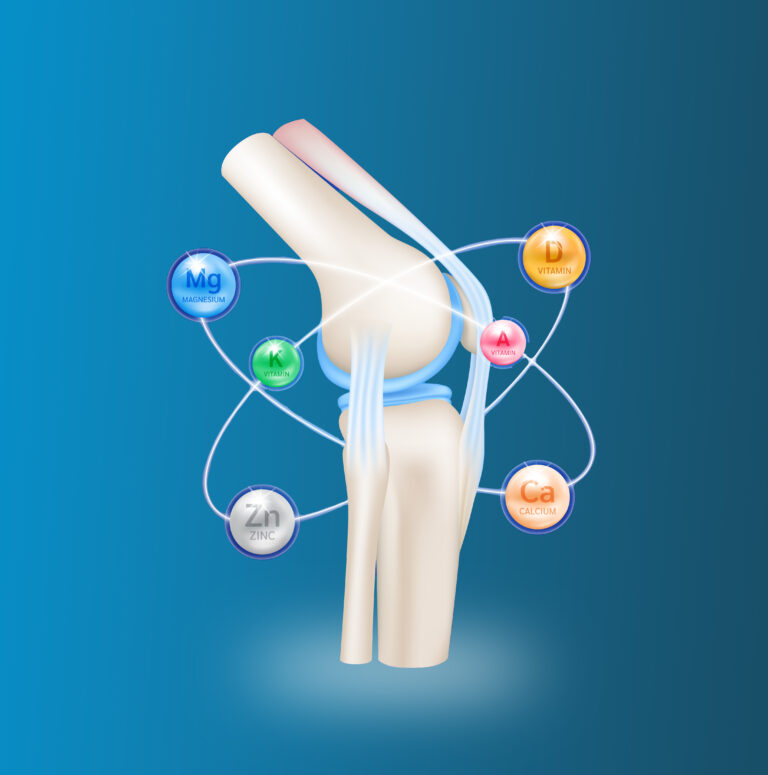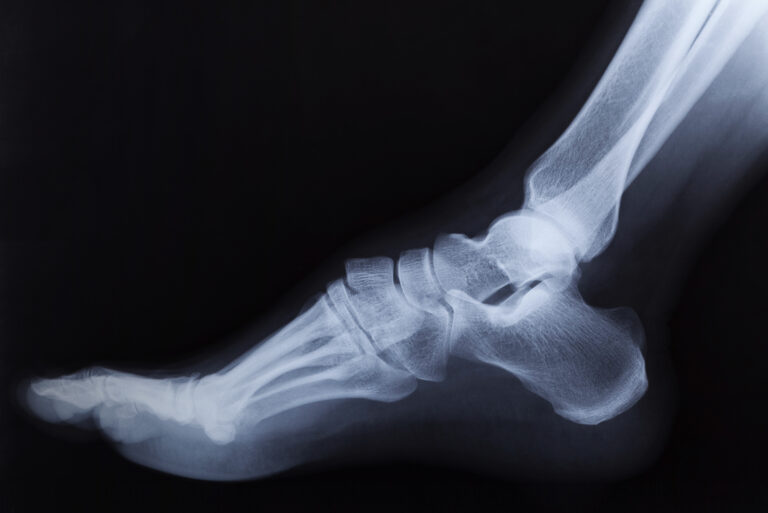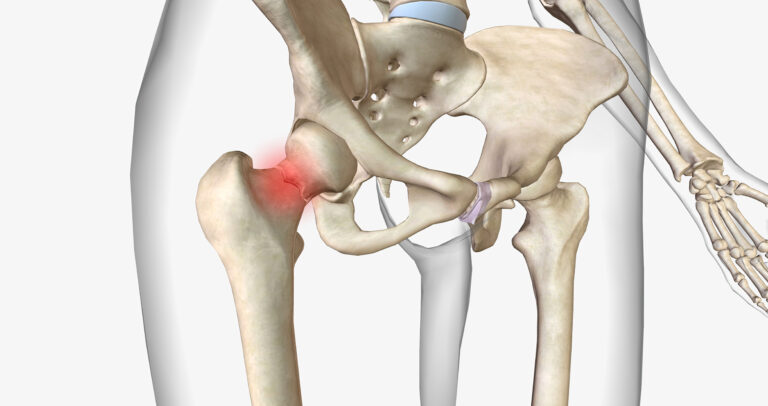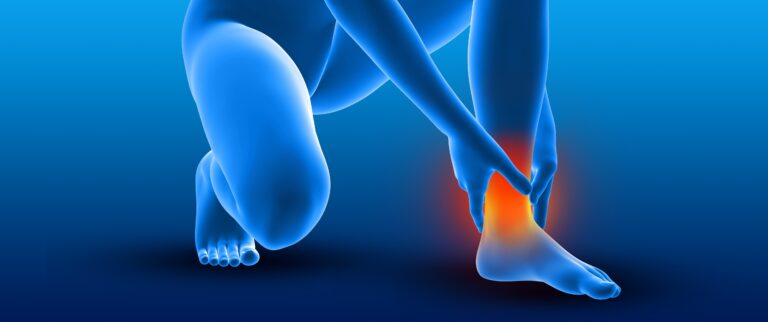
Introduction
Orthopedic surgeries, such as joint replacements, ligament repairs, and spine surgeries, are becoming increasingly common, especially among women. While surgery can provide relief and improve mobility, proper post-surgical rehabilitation is crucial for a full recovery. The rehabilitation process helps restore function, reduce pain, and improve strength, ultimately enhancing the quality of life. However, every woman’s recovery journey is unique, and understanding key rehabilitation strategies can empower women to recover effectively and safely from orthopedic procedures.
Overview
Post-surgical rehabilitation is a structured plan designed to promote healing and restore physical function after orthopedic procedures. This process typically involves physical therapy, exercises, pain management, and lifestyle modifications to ensure a complete recovery. Rehabilitation goals may include reducing inflammation, improving joint flexibility, strengthening muscles, and restoring balance and coordination. For women, factors such as age, activity level, and pre-existing health conditions can influence the rehabilitation process.
Potential Risks and Complications
- Delayed Healing: Without following rehabilitation protocols, there may be delays in healing, which can lead to prolonged pain or complications.
- Muscle Weakness: Inadequate rehabilitation can result in muscle atrophy or weakness, making it difficult to regain strength and mobility.
- Re-injury or Complications: Failing to follow post-surgical restrictions or pushing too hard during recovery may increase the risk of re-injury or complications, such as infection or blood clots.
Understanding the Recovery Process
- Pain Management: Pain is common after surgery, but it can be managed effectively with prescribed medications, ice, rest, and gentle movement. Managing pain allows for better engagement in rehabilitation exercises.
- Physical Therapy: A personalized physical therapy program is crucial for regaining range of motion, strength, and stability. Exercises will typically start with gentle stretches and progress to more challenging movements as recovery advances.
- Gradual Return to Activity: Returning to normal activities should be gradual and guided by the progress made during rehabilitation. Pushing too hard can slow recovery, while taking things slowly ensures a more complete healing process.
- Supportive Devices: Depending on the procedure, women may need crutches, braces, or other assistive devices to reduce pressure on the joint or limb and aid mobility during the early stages of recovery.
Factors Influencing Outcomes
- Adherence to Rehab Plan: Following the prescribed rehabilitation exercises and instructions is crucial for achieving the best possible outcomes.
- Overall Health and Fitness Level: Women who were active and in good health prior to surgery often recover more quickly than those with other health issues or who were less active.
- Age and Recovery Speed: Younger women tend to heal faster, but age is not the only determinant of recovery—overall health and commitment to rehabilitation play key roles.
- Psychological Factors: A positive mental attitude, motivation, and emotional support are important for a successful recovery, as they can enhance resilience and encourage adherence to the rehab plan.
Informed Decision-Making
- Choosing the Right Rehabilitation Program: It’s essential for women to discuss rehabilitation options with their healthcare provider to find the most suitable program for their surgery type and personal needs.
- Setting Realistic Expectations: Women should understand that full recovery can take time and may not be immediate. Setting achievable goals throughout the rehab process helps stay motivated.
- Modifying Activities: Women should work with their healthcare provider to modify or avoid certain activities that could hinder healing or place unnecessary stress on the affected area.
Key Takeaway
Post-surgical rehabilitation is essential for a full recovery after orthopedic procedures. By following a structured rehabilitation program that includes pain management, physical therapy, and gradual return to activity, women can regain strength, mobility, and quality of life. Adherence to the rehabilitation plan and making informed decisions about the recovery process play a significant role in ensuring optimal outcomes.
Disclaimer
This content is for informational purposes only and is not a substitute for professional medical advice, diagnosis, or treatment. Always consult with your healthcare provider or orthopedic specialist for personalized guidance and recommendations regarding post-surgical rehabilitation.




